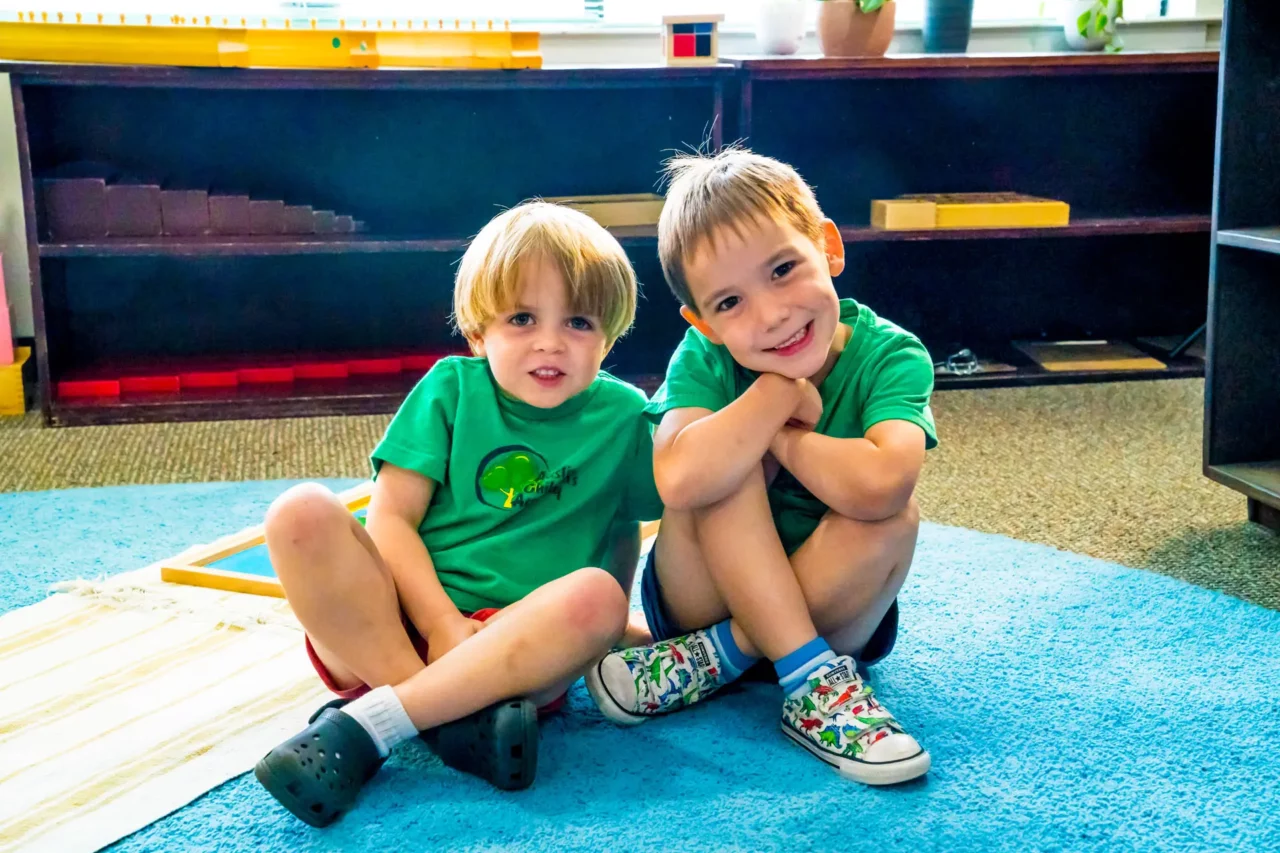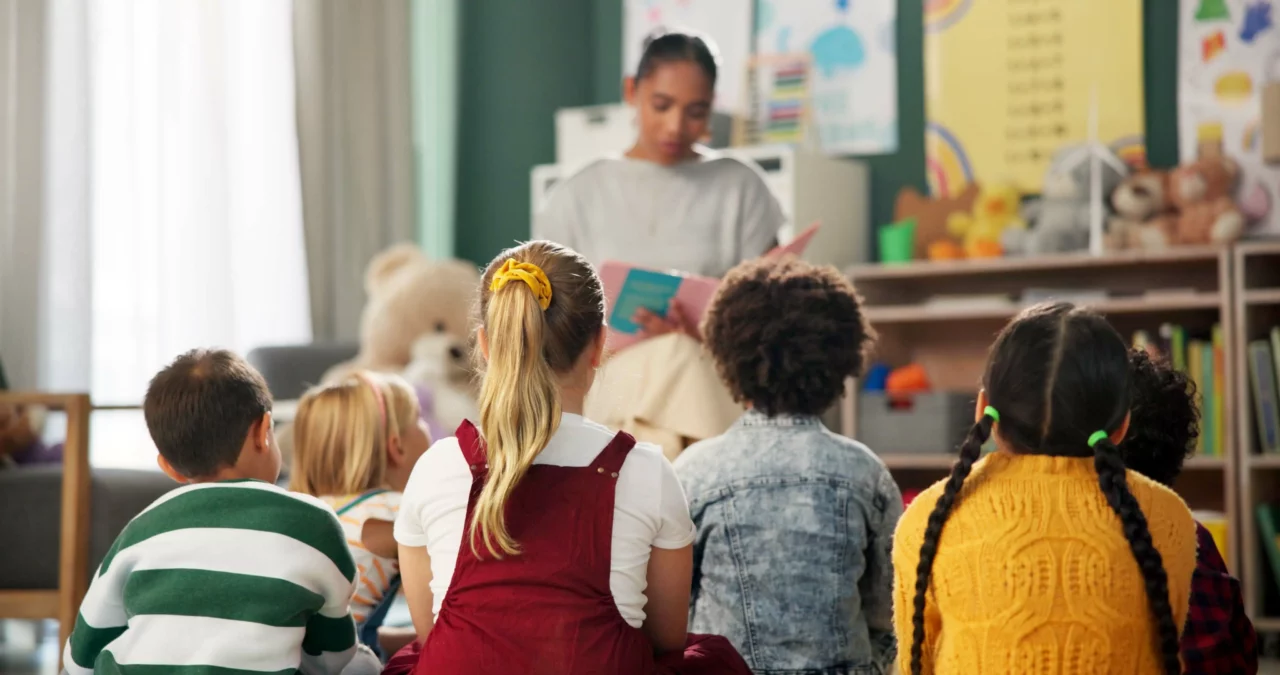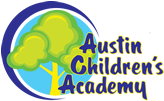
When Maria Montessori began espousing her observation-based Montessori Educational Method in the early 20th century, her methods were encouraged with enthusiasm until about 1915, when the worm turned. Many traditional U.S. educators balked at the level of freedom and independence given in Montessori schools in an era when drill-and-kill ruled. It wasn’t until the 1960s when her methods were revived, renewed, and revered.
Based on the idea that children learn at their own developmental pace, the Montessori Method of teaching relies on multi-age classrooms designed to engage a child’s curiosity and encourage independent, self-corrective learning. The general curriculum mirrors that of most grade-based schools, divided less by age than by a child’s developmental level. The difference is in the focus on each individual child’s cognitive development, in other words, the method of teaching, rather than the subjects taught.
Montessori Curriculum For Toddlers
Younger children are just beginning to find their physical, social, and sensory place in the greater world. Thus, educators observe and encourage development in these major areas:
• Language development
• Large and small motor skills
• Self-help and independent care such as tying shoes, buttoning, zipping, etc.
• Sensory and perception skills
• Social development such as taking turns
• Emotional development such as impulse control
Montessori Curriculum For Preschoolers
Once children master basic elements of self-care, social skills, language, and emotional development, their curiosity turns to more complex physical tasks. Abstract concepts are introduced in concrete ways. The curriculum program expands to include:
• Science and nature through observation and manipulation of objects
• Mathematics through sorting, spatial relationships, cooking, etc.
• Language and introduction to reading
• Music, dance, and movement
• History, geography, culture
Montessori Curriculum For Elementary-Age Students
Students at this level of development are ready to tackle more abstract concepts and dive deeper into their own particular interests. Socially, they’re able to work in large groups. They often become mentors for the smaller children, helping encourage the younger children’s excitement for learning while growing their own confidence and self-esteem as well as skills. While the classroom experience will differ, the Montessori school curriculum mirrors the same subjects the children would be studying in most non-Montessori schools:
• English or language arts
• Mathematics
• Social studies or history
• Music and art
• Science
• Foreign language
Today, the U.S. boasts at least 4,000 Montessori schools, and there are approximately 7,000 worldwide. The methods and curriculum certainly work: Montessori schools have graduated some of the world’s most successful thinkers, including the founders of Google and Amazon, the creator of the popular “SIMS” video game, and entertainers like Sean “Puff Daddy” Combs, the magician David Blaine, and the writer Gabriel Garcia Marquez.





